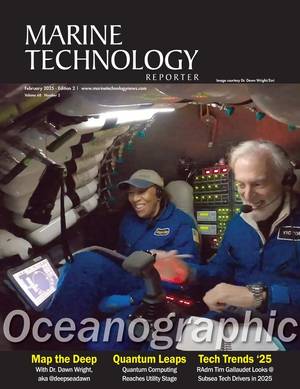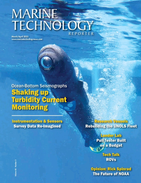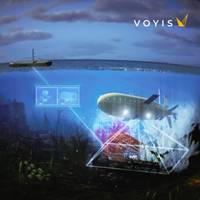
UK-Canada Backed OASIS Project Set to Streamline Marine Environmental Surveys
technology experts.The OASIS Project aims to address the pressing need for efficient and cost-effective monitoring solutions in the face of escalating demands for sustainable ocean resource management.The project brings together a consortium of partners, including Voyis, the University of Southampton, AutoNaut, and the National Oceanography Center (NOC).In partnership with the University of Southampton Voyis will enhance its imaging products with onboard machine learning and remote survey awareness capabilities. This technology will be integrated into the NOC's Autosub autonomous underwater vehicle
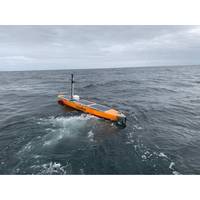
New Record Set in Unmanned Vessel Data Collection
, a wave-propelled uncrewed surface vessel (USV) has for the first time successfully recovered scientific data from a sensor moored 1,800 meters deep in the Rockall Trough west of Scotland. The USV, deployed by the Oban-based Scottish Association for Marine Science (SAMS) and manufactured by AutoNaut in the UK, remotely collected data from the Sonardyne Fetch AZA bottom pressure recorders (BPRs), before sending it back to oceanographers on shore via satellite.Scientists say the successful mission is a step change in how oceanographic data is collected and reduces the reliance on ships for deep
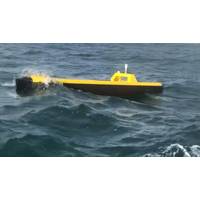
AutoNaut USV to Trial Winch Cast to 100m
AutoNaut won funding from Innovate UK to develop a method to achieve a winch cast to 100m. The challenge is to get the cast to sink to depth from a wave propelled vessel that does not stop. The trial will take place in Loch Ness in summer 2023. “Since we started the company ten years ago, we have searched for a suitable winch to try this,” said Mike Poole, founding Director of AutoNaut. “This winch fits the special needs of our 5m USV in terms of size, power demand and controllability. Now we need a method to get the cast to sink to the right depth rather than
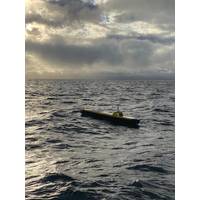
AutoNaut Completes a 16-week, 4,000-mile Mission on the Atlantic continental shelf break
AutoNaut ‘Oban’ arrives quietly into Penzance after waiting out Storm Arwen off Mount’s Bay. The 115-day voyage covered 4,000 nautical miles gathering data on the Atlantic shelf break from the Hebrides to Cornwall.A proving trial for ‘AutoNaut for Extreme Environments’ in autumn 2021 saw the 5m uncrewed surface vessel (USV) spend 16 weeks at sea and cover over 4,000 nautical miles on the continental shelf break in the Atlantic. Data gathered by PAM, ADCP, CTD, and wave sensors was distributed free to partners. Data analysis continues in 2022. Prelimi
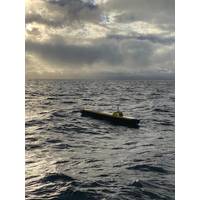
Case Study: Autonaut Put to the Test
‘AutoNaut completes a 16-week, 4,000-mile mission gathering PAM, ADCP, CTD, and wave data on the Atlantic continental shelf break.’ AutoNaut ‘Oban’ arrives quietly into Penzance after waiting out Storm Arwen off Mount’s Bay. The 115-day voyage covered 4,000 nautical miles gathering data on the Atlantic shelf break from the Hebrides to Cornwall.A proving trial for ‘AutoNaut for Extreme Environments’ in autumn 2021 saw the 5m uncrewed surface vessel (USV) spend 16 weeks at sea and cover over 4,000 nautical miles on the continental shelf break in
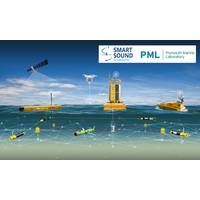
Fleet of Ocean Robots, Buoys, Set for Deployment Off Plymouth
the previous buoy systems only measured in surface waters, the new profiled datasets will deliver an unprecedented understanding of this dynamic area and its complex marine ecosystem. The advanced platform is built by Mobilis and provided through Hydrosphere UK," PML added.Uncrewed surface vessel - AutoNautCredit: AutoNautAlongside the buoy, Smart Sound’s fleet of ocean robots includes the recently named PML Pioneer, a five-meter AutoNaut uncrewed surface vessel which is propelled by wave motion and powered by three hundred-watt solar panels."The PML Pioneer, funded by the Natural Environment

Oi 50th "Voices": Professor Edward Hill, OBE, Chief Executive, National Oceanography Centre
some of the small companies we have worked with have grown, and also to see products we have been actively involved with in the early stages of development come to market and be exhibited at Oi. These products include the ecoSUB small AUV developed by Planet Ocean in partnership with the NOC, and the AutoNaut USV that is now being successfully deployed for important global projects such as the Big Ocean Clean Up.Looking forward the subsea industry faces many challenges (see related story page 55) – the clean energy transition brings many challenges but also vast opportunities, not least because
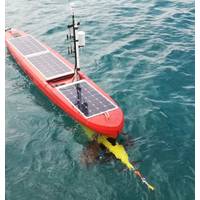
Unmanned Marine Systems, Squared
for a crewed research vessel to deploy either system, which can be hard to get slots on, let alone funding.But then, what if you also want to try deploying such a system in high latitudes; the Antarctic, for example? The Universities of East Anglia (UEA) and Exeter (UoE) and wave-propelled USV maker AutoNaut, and other academic partners, have successfully tackled the first challenge and now they’re working on the second, through a number of related projects.“This sort of technology offers a lot of opportunities for us,” says Karen Heywood, who leads the glider programme at the University
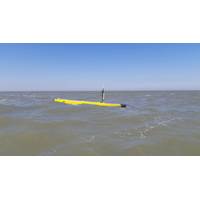
Quiet Seas Open Subsea Soundscape Exploration
The Flanders Marine Institute (VLIZ) has seized on the quiet brought about by the COVID-19 lockdown to map the underwater soundscape of the Belgian section of the North Sea.Using its AutoNaut USV research vessel, Adhemar, VLIZ has been able to record current noise levels, which will be compared with the marine soundscape once normal sea traffic and marine activities recommence, helping to better determine the impact of man-made noise on natural sea life and the marine environment.Following a 15% fall in shipping intensity in the North Sea since the start of the pandemic, VLIZ put its AutoNaut USV
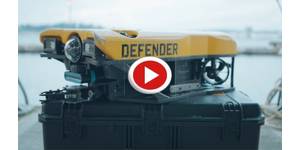
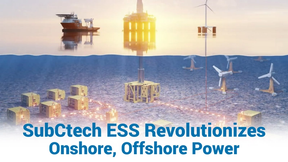
 February 2025
February 2025
